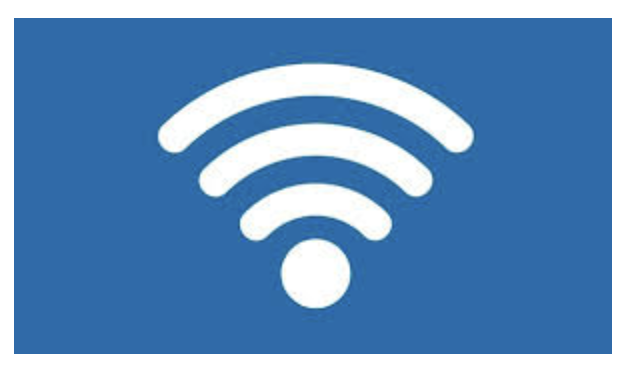
In the era of smart homes and interconnected devices, transforming a mundane living space into a technological haven is easier than ever. Smart speakers, thermostats, and robotic vacuum cleaners offer convenience and efficiency. However, with the increasing number of devices in our homes, it’s crucial to consider the potential drawbacks, particularly concerning security and network performance. One effective solution is to connect your smart devices to a separate WiFi network. In this article, we’ll explore the reasons behind this recommendation and the benefits it brings to users.
Enhanced Security Precautions
The foremost reason to connect smart home devices to a separate network is security. While smart devices provide numerous advantages, they can also pose significant risks if not adequately protected. Instances of hackers gaining control over baby-monitoring cameras or smart speakers have been reported, leading to privacy breaches and unauthorized access to sensitive information. By isolating smart devices on a separate network, users create an additional layer of protection, minimizing the potential impact of security breaches on personal computers and laptops.
Isolate Devices from the Rest of Your Network
Simply creating a separate SSID for your smart devices is not enough. Using VLANs to isolate your smart devices from the rest of your network is advised for further protection. This means devices cannot communicate with devices on separate networks. It ensures that if something affects the smart devices, it has less of an opportunity to affect your personal devices. VLANs can be set up for both wired and wireless devices, giving you the flexibility to protect any connection on your network.
Protection Against Digital Intruders
Digital invaders can exploit seemingly harmless smart devices to wreak havoc. Imagine a scenario where a skilled hacker gains control of a smart speaker, leading to unauthorized access or even a denial-of-service attack on connected devices. By segregating smart devices from personal networks, users reduce the risk of such incidents and safeguard their valuable information from falling into the wrong hands.
Reduced Network Congestion
As the number of smart devices in homes continues to rise, so does the risk of network congestion. A single individual might have a handful of devices, but those committed to creating a smart home could easily have over ten. When too many devices share the same network, it leads to low bandwidth and slow internet speeds. This is particularly problematic when using devices that operate on a 2.4GHz network, which supports a limited number of channels. Connecting smart devices to a separate network ensures that they don’t compete for bandwidth with personal computers, laptops, and smartphones, resulting in a smoother and more responsive network.
Optimized Performance for Smart Devices
Smart devices often rely on a stable and fast internet connection for optimal performance. By dedicating a separate network to these devices, users ensure that their smart speakers, thermostats, and other gadgets operate seamlessly without interruptions caused by network congestion. This can significantly enhance the overall user experience, making smart homes more efficient and enjoyable.

